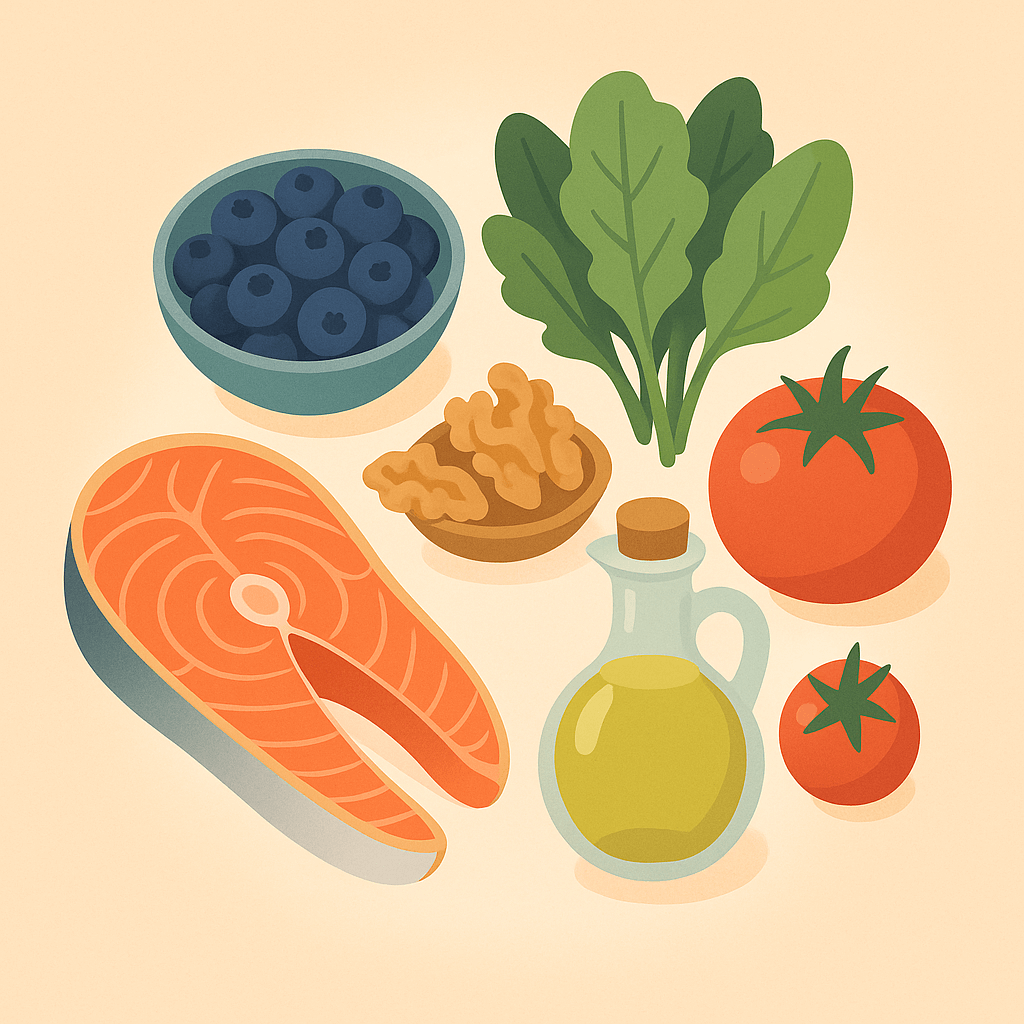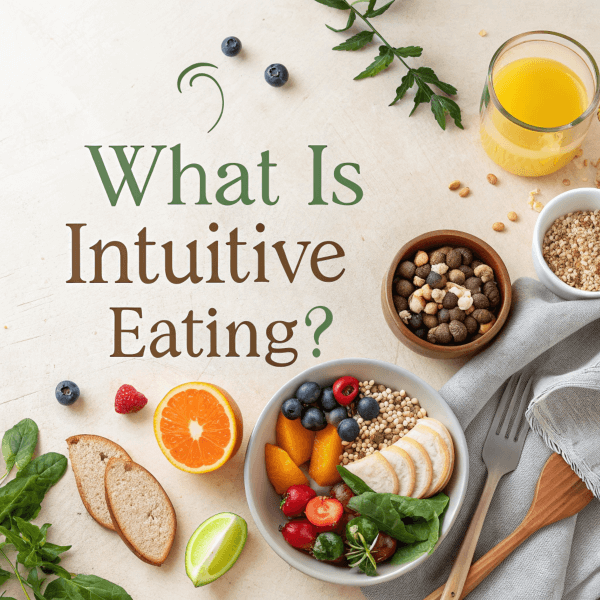introduction
Chronic pain affects over 50 million Americans, with inflammation being a primary culprit behind conditions like arthritis, fibromyalgia, and autoimmune disorders. While medications offer temporary relief, they often come with unwanted side effects and don’t address the root cause. Anti inflammatory foods present a natural, science-backed approach to reducing pain and inflammation from within.
Research shows that certain foods contain powerful compounds called polyphenols, omega-3 fatty acids, and antioxidants that actively combat inflammatory processes in your body. These foods work by inhibiting inflammatory enzymes, reducing oxidative stress, and supporting your immune system’s natural healing mechanisms. By incorporating these foods into your daily diet, you can experience significant pain reduction while improving overall health and vitality.
This comprehensive guide reveals the top anti inflammatory foods proven to fight pain naturally, explains the science behind their effectiveness, and provides practical strategies for incorporating them into your meals. You’ll discover which foods to prioritize, which ones to avoid, and how to create meal plans that maximize anti-inflammatory benefits.
Understanding the Inflammation-Pain Connection
Inflammation serves as your body’s natural defense mechanism against injury and infection. However, chronic inflammation becomes problematic when it persists long-term, triggering pain signals throughout your nervous system. This inflammatory cascade releases chemicals called cytokines that sensitize pain receptors and perpetuate the cycle of discomfort.
Anti inflammatory foods work by interrupting this cycle through multiple pathways. They neutralize free radicals that damage cells, reduce the production of inflammatory mediators, and support cellular repair processes. Unlike pharmaceutical interventions that typically target single pathways, anti inflammatory foods provide comprehensive support through diverse bioactive compounds.
Studies conducted at Harvard Medical School demonstrate that people following anti-inflammatory diets experience 25-30% reduction in inflammatory markers within just 8 weeks. These measurable changes translate to decreased pain levels, improved mobility, and enhanced quality of life for individuals with chronic inflammatory conditions.
Top 10 Anti Inflammatory Foods for Pain Relief
1. Fatty Fish Rich in Omega-3s
Salmon, mackerel, sardines, and tuna contain EPA and DHA omega-3 fatty acids that powerfully combat inflammation. These foods reduce production of inflammatory compounds called leukotrienes and prostaglandins while promoting resolution of existing inflammation.
Research published in the Journal of Nutritional Biochemistry shows that consuming fatty fish twice weekly reduces inflammatory markers by up to 40%. The omega-3s in these foods also support joint health by maintaining cartilage integrity and reducing stiffness.
2. Leafy Green Vegetables
Spinach, kale, Swiss chard, and arugula rank among the most potent anti inflammatory foods available. These greens contain high concentrations of vitamins A, C, and K, along with antioxidants like quercetin and kaempferol that neutralize inflammatory free radicals.
The nitrates in leafy greens also support circulation, ensuring anti-inflammatory nutrients reach affected tissues efficiently. Studies indicate that people consuming 2-3 servings of leafy anti inflammatory foods daily experience significant reductions in C-reactive protein, a key inflammation marker.
3. Berries and Dark-Colored Fruits
Blueberries, cherries, blackberries, and pomegranates contain anthocyanins – powerful antioxidants that give these foods their vibrant colors. These compounds inhibit nuclear factor-kappa B (NF-κB), a protein complex that regulates inflammatory gene expression.
Tart cherry juice has shown particular promise for reducing pain and inflammation. Clinical trials demonstrate that consuming 8 ounces daily reduces muscle pain by 22% and inflammatory markers by 25%. These anti inflammatory foods also support sleep quality, which is crucial for pain management and tissue repair.
4. Nuts and Seeds
Walnuts, flaxseeds, chia seeds, and hemp seeds provide plant-based omega-3s along with vitamin E and magnesium. These anti inflammatory foods support cellular membrane health while providing sustained energy without blood sugar spikes that can trigger inflammation.
Walnuts specifically contain alpha-linolenic acid (ALA), which converts to EPA and DHA in the body. Regular consumption of these foods reduces inflammatory markers and supports cardiovascular health, addressing inflammation systemically rather than locally.
5. Extra Virgin Olive Oil
Cold-pressed extra virgin olive oil contains oleocanthal, a compound with anti-inflammatory effects similar to ibuprofen. This makes olive oil one of the most accessible anti inflammatory foods for daily use. The monounsaturated fats in olive oil also support absorption of fat-soluble vitamins that combat inflammation.
Mediterranean populations consuming high amounts of extra virgin olive oil show significantly lower rates of inflammatory diseases. Using 2-3 tablespoons daily of this liquid gold among anti inflammatory foods provides measurable anti-inflammatory benefits without adverse effects.
6. Turmeric and Ginger
These golden anti inflammatory foods contain curcumin and gingerol respectively – compounds with potent anti-inflammatory and analgesic properties. Curcumin inhibits multiple inflammatory pathways simultaneously, making turmeric one of the most powerful anti inflammatory foods available.
Black pepper enhances curcumin absorption by 2000%, making the combination particularly effective. Fresh ginger provides gingerol and shogaol compounds that reduce inflammatory enzymes and provide pain relief comparable to non-steroidal anti-inflammatory drugs.
7. Green Tea
Rich in epigallocatechin gallate (EGCG), green tea ranks among the most studied anti inflammatory foods. This polyphenol reduces inflammatory cytokine production while supporting cellular repair mechanisms. Regular green tea consumption also supports metabolism and provides sustained energy.
Japanese populations consuming 3-4 cups of green tea daily show significantly lower inflammatory markers and reduced incidence of inflammatory diseases. The L-theanine in green tea also promotes relaxation, supporting stress management crucial for inflammation control.
8. Tomatoes
Lycopene-rich tomatoes provide powerful antioxidant protection against inflammatory damage. Cooking tomatoes increases lycopene bioavailability, making cooked tomato products particularly valuable anti inflammatory foods. Tomatoes also provide vitamin C and folate that support immune function.
The combination of lycopene, vitamin C, and potassium in tomatoes provides comprehensive anti-inflammatory support. These anti inflammatory foods are particularly effective when combined with healthy fats like olive oil, which enhance nutrient absorption.
9. Bell Peppers
Colorful bell peppers contain high levels of vitamin C and carotenoids that combat oxidative stress and inflammation. Red peppers provide the highest antioxidant content among these anti inflammatory foods, with levels exceeding many fruits traditionally considered antioxidant powerhouses.
The vitamin C in bell peppers supports collagen synthesis, crucial for joint health and tissue repair. These versatile anti inflammatory foods can be consumed raw or cooked while maintaining most of their nutritional benefits.
10. Garlic and Onions
Allicin and quercetin in garlic and onions provide sulfur compounds that reduce inflammatory enzyme activity. These anti inflammatory foods also support liver detoxification, helping eliminate inflammatory toxins from the body. The prebiotic fibers in onions also support gut health, addressing inflammation at its source.
Regular consumption of garlic and onions reduces inflammatory markers while supporting cardiovascular health. These foundational anti inflammatory foods enhance the flavor of other healing foods while providing their own therapeutic benefits.
The Science Behind Anti Inflammatory Foods
Anti inflammatory foods work through multiple mechanisms to reduce pain and inflammation. Primary pathways include:
Antioxidant Activity: Neutralizing free radicals that trigger inflammatory cascades and cellular damage. Anti inflammatory foods provide diverse antioxidants that work synergistically for maximum protection.
Enzyme Inhibition: Blocking inflammatory enzymes like cyclooxygenase (COX) and lipoxygenase that produce inflammatory mediators. Many anti inflammatory foods provide natural COX inhibition without gastrointestinal side effects.
Gene Expression Modulation: Influencing genes that control inflammatory responses, effectively turning down inflammation at the cellular level. Anti inflammatory foods provide compounds that regulate transcription factors controlling inflammatory gene expression.
Membrane Stabilization: Supporting cellular membrane integrity to prevent inappropriate inflammatory responses. The healthy fats in anti inflammatory foods maintain membrane fluidity and function.
Top 5 Supplements to Enhance Your Anti Inflammatory Diet
While whole anti inflammatory foods should form the foundation of your approach, certain high-quality supplements can amplify your results when combined with dietary changes:
1. Premium Turmeric Curcumin with Black Pepper Extract
Qunol Turmeric Curcumin provides superior bioavailability with its patented water-soluble formula that absorbs 39x better than regular curcumin. This supplement delivers the equivalent anti-inflammatory power of multiple servings of fresh turmeric, making it perfect for busy lifestyles where consuming adequate amounts of anti inflammatory foods proves challenging.

2. High-Potency Omega-3 Fish Oil
Nordic Naturals Ultimate Omega offers pharmaceutical-grade EPA and DHA in optimal ratios for inflammation reduction. Each serving provides the omega-3 equivalent of eating fatty fish 3-4 times weekly, ensuring consistent intake even when fresh anti inflammatory foods aren’t readily available.
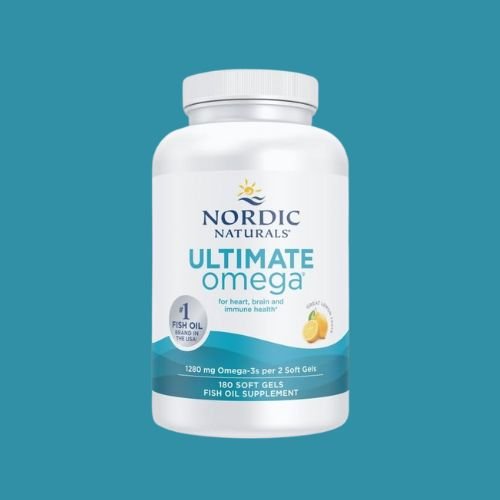
3. Organic Green Superfood Powder
Amazing Grass Green Superfood combines multiple anti inflammatory foods including spirulina, chlorella, and organic greens in convenient powder form. This supplement makes it effortless to boost your daily intake of anti inflammatory foods, especially during travel or busy periods.
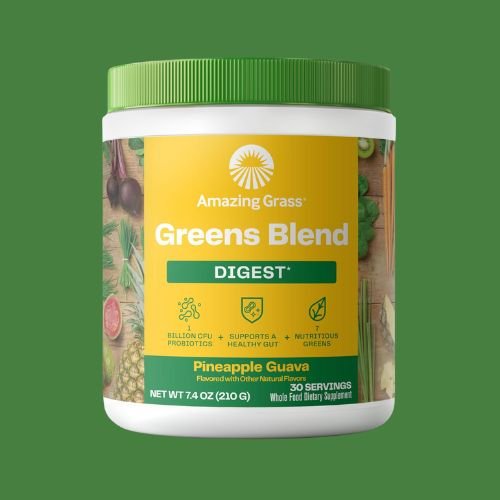
4. Pure Tart Cherry Extract
Bronson Tart Cherry Extract 2500 mg provides concentrated anthocyanins equivalent to drinking multiple glasses of tart cherry juice without the sugar content. This high-potency supplement harnesses the pain-relieving properties of one of nature’s most potent anti inflammatory foods in convenient capsule form, delivering maximum anti-inflammatory benefits.
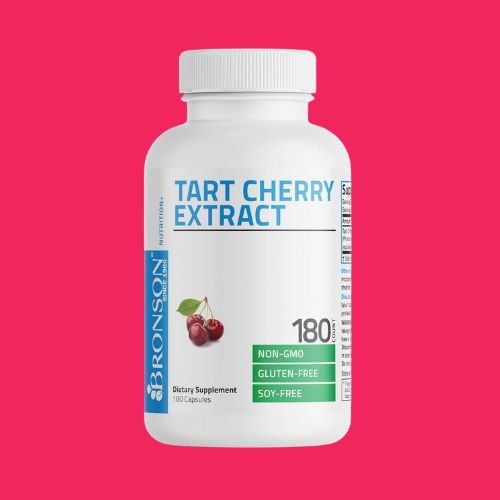
5. Premium California Extra Virgin Olive Oil
La Tourangelle California Extra Virgin Olive Oil delivers exceptional oleocanthal content from hand-picked California olives, providing natural anti-inflammatory compounds equivalent to low-dose ibuprofen. This artisanal oil ensures you get the full spectrum of anti inflammatory foods benefits with superior taste and purity for cooking and finishing dishes.
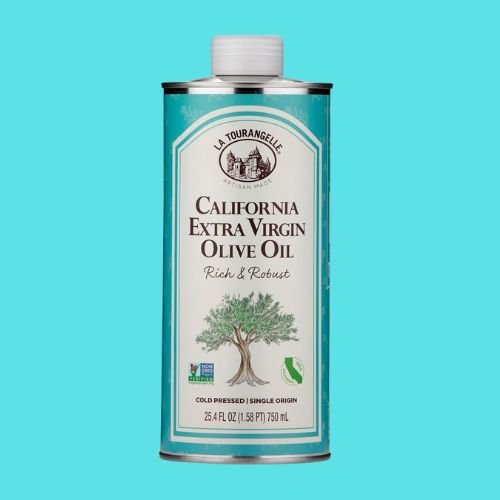
Creating Your Anti Inflammatory Meal Plan
Successful integration of anti inflammatory foods requires strategic meal planning that ensures consistent intake of key nutrients. Focus on including 2-3 anti inflammatory foods in each meal while maintaining overall nutritional balance.
Breakfast Options: Start your day with anti inflammatory foods like berries in Greek yogurt, green tea, and walnuts. Add turmeric to scrambled eggs or blend spinach into smoothies for additional anti-inflammatory support.
Lunch Combinations: Combine leafy greens with fatty fish, colorful vegetables, and olive oil-based dressings. These anti inflammatory foods provide sustained energy while fighting inflammation throughout the afternoon.
Dinner Planning: Center evening meals around anti inflammatory foods like salmon with roasted vegetables, or vegetarian options featuring legumes, whole grains, and plenty of colorful produce.
Snack Strategies: Choose anti inflammatory foods like mixed nuts, berries, or vegetables with hummus to maintain steady blood sugar and provide consistent anti-inflammatory compounds.
Foods That Increase Inflammation to Avoid
While focusing on anti inflammatory foods, it’s equally important to minimize pro-inflammatory foods that counteract your efforts. Processed foods, refined sugars, and trans fats actively promote inflammation and should be limited.
Refined Carbohydrates: White bread, pastries, and sugary snacks spike blood sugar and trigger inflammatory responses. Replace these with whole grain alternatives that provide sustained energy without inflammatory effects.
Processed Meats: Bacon, sausages, and deli meats contain preservatives and advanced glycation end products (AGEs) that promote inflammation. Choose fresh, unprocessed proteins instead.
Vegetable Oils High in Omega-6: Corn, soybean, and sunflower oils create inflammatory imbalances when consumed in excess. Focus on anti inflammatory foods and oils like olive oil and avocado oil instead.
Timeline for Results with Anti Inflammatory Foods
Understanding realistic timelines helps maintain motivation while incorporating anti inflammatory foods into your routine. Initial benefits often appear within 2-4 weeks, with more significant improvements developing over 2-3 months of consistent consumption.
Week 1-2: Digestive improvements and initial energy changes as anti inflammatory foods begin supporting cellular function and reducing oxidative stress.
Week 3-8: Measurable reductions in inflammatory markers and noticeable improvements in pain levels, sleep quality, and overall well-being.
Month 3+: Significant improvements in chronic pain conditions, enhanced mobility, and reduced reliance on pain medications for many individuals.
Consistency remains crucial for maximizing benefits from anti inflammatory foods. Regular consumption allows these healing compounds to accumulate in your system and provide sustained anti-inflammatory effects.
Simple Preparation Methods for Anti Inflammatory Foods
Proper preparation maximizes the therapeutic potential of anti inflammatory foods while maintaining their nutritional integrity. Gentle cooking methods preserve heat-sensitive compounds while making others more bioavailable.
Raw Preparations: Many anti inflammatory foods like berries, leafy greens, and nuts provide maximum antioxidant content when consumed raw. Create colorful salads and smoothies to preserve these delicate compounds.
Light Cooking: Steaming, sautéing, and roasting at moderate temperatures enhance nutrient absorption while maintaining the anti-inflammatory properties of these healing foods.
Combination Strategies: Pair anti inflammatory foods strategically – combine turmeric with black pepper, tomatoes with olive oil, and iron-rich greens with vitamin C sources for enhanced absorption.
Conclusion: Your Path to Natural Pain Relief
Anti inflammatory foods offer a scientifically-proven approach to reducing chronic pain and inflammation naturally. By incorporating these powerful healing foods into your daily routine, you can address inflammation at its source while supporting overall health and vitality.
Start by adding 2-3 anti inflammatory foods to each meal, focusing on variety and consistency rather than perfection. As you experience the benefits firsthand, you’ll naturally gravitate toward these healing foods while reducing inflammatory options.
Take action today by planning your next grocery trip around anti inflammatory foods. Choose colorful produce, high-quality proteins, and healthy fats that will serve as medicine for your body. Your journey toward natural pain relief begins with the very next meal you prepare.
Remember that sustainable changes happen gradually. Focus on progress rather than perfection as you discover the transformative power of anti inflammatory foods in your own healing journey.

